Recent Articles
Popular Makes
Body Types
10 Things You Need to Know About Cadillac's Super Cruise
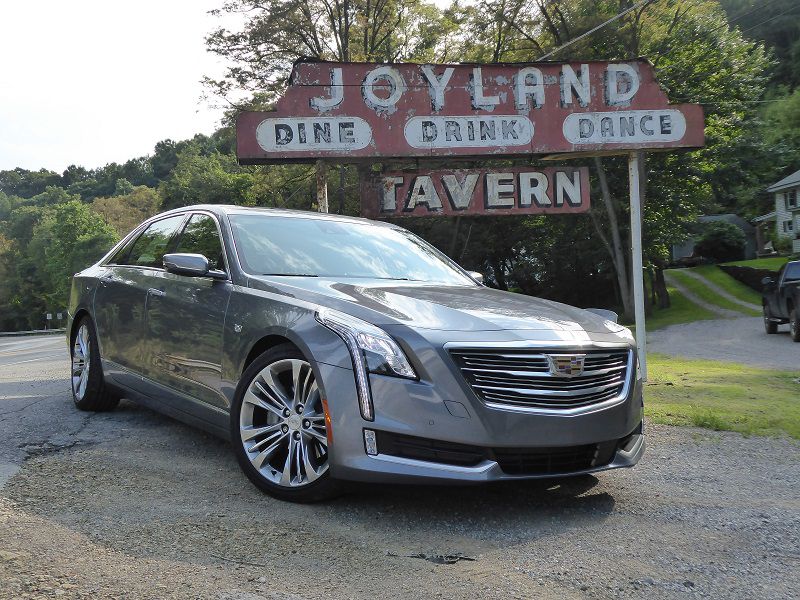
2019 Cadillac CT6 Supercruise Joyland Front Quarter RS ・ Photo by Ron Sessions
Here in North America, we have a long tradition of valuing personal transportation. The expectation of being able to go where we want when we want without adhering to public transit routes or timetables, needing to schedule time in a shared vehicle, or waiting for the arrival of a taxi or Uber driver is deeply ingrained.
But the notion of being able to embark on a trip in a personal transportation device without actively controlling the accelerator, brakes or steering is indeed something new. We’re not talking about hopping in a car sans steering wheel and foot pedals, punching in a destination address, and binge-watching "Game of Thrones" or playing video games until you arrive — yet. Cadillac’s Super Cruise, available on its flagship CT6 full-size sedan, requires that the driver watches the road and remains ready to retake control at a moment’s notice. In fact, the semi-automated Level 2 features of the system cannot be engaged until the car is already being driven down the road under human guidance and meeting a set of preconditions. Still, Super Cruise is a pretty remarkable achievement and one of the best systems available on the market today.
1. Super Cruise is truly hands-free.
That’s right, under certain conditions the driver can “pilot” a Super Cruise car for hundreds of continuous miles without gripping the steering wheel. And under those same limitations and conditions, the driver needn’t apply the accelerator pedal or the foot brake.
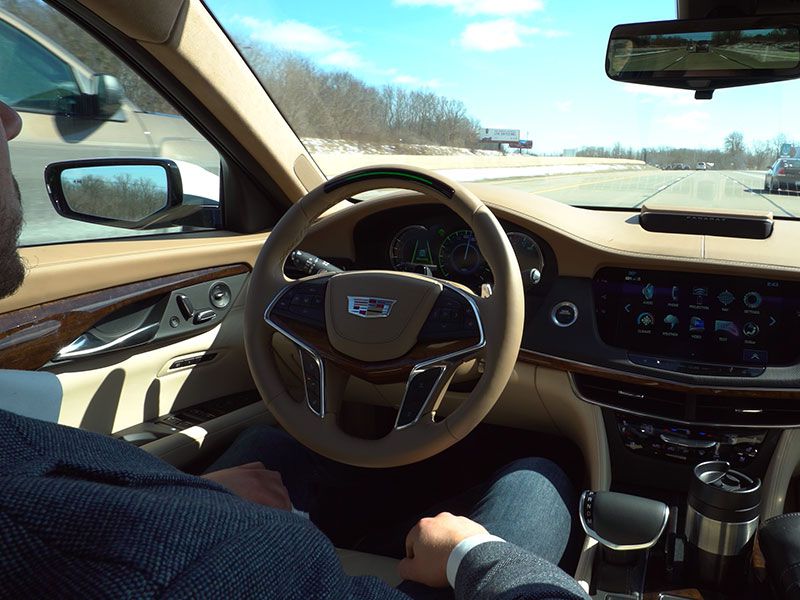
Photo by ZR1 Registry
2. GM drivers mapped the routes Super Cruise operates on.
GM used dozens of drivers working multiple shifts over many months to “map” every inch of freeway and interstate where Super Cruise can operate. Technicians logged LiDAR-scanned maps and global positioning system data into a high-capacity memory bank, detailing road attributes such as the number of lanes, the road curvature, and the location of entrance and exit ramps. This data is accessed by the system and updated quarterly via satellite.
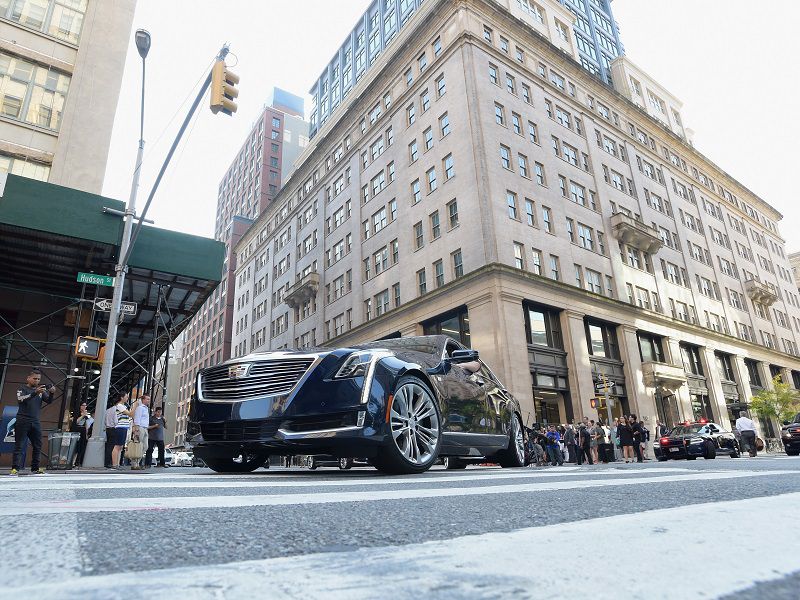
Photo by Cadillac
3. It only works on limited-access highways.
For the most part, Super Cruise is limited to divided highways and interstates. General Motors says Super Cruise can be accessed when driving on more than 133,000 miles of roads (in both directions) in the continental United States and Canada. Alaska and Hawaii roads are not in the system.

Photo by Ron Sessions
4. Sensor inputs create a virtual path.
Super Cruise uses a fusion of input from cameras, both long- and short-range radar units, a high-resolution map, and global positioning satellite (GPS) data.
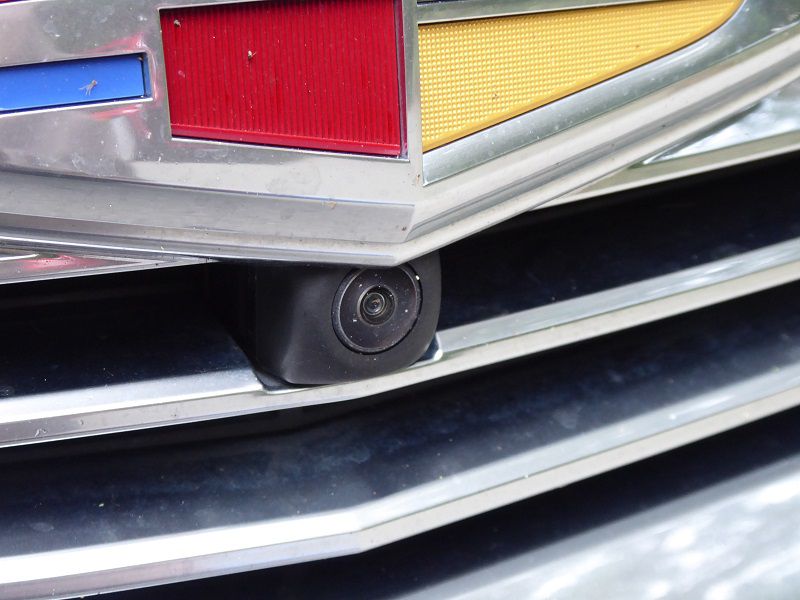
Photo by Ron Sessions
5. It does not work everywhere.
Super Cruise doesn't handle construction zones, toll plazas, sharp curves, an entrance or exit lane, or where a GPS satellite signal is not available (like OnStar). Also, tunnels, traffic circles, and bridges with open-grate steel roadways are not optimal for the system. Super Cruise only functions if its sensors are not blocked and where there are clearly defined lane markers.

Photo by Ron Sessions
6. The driver must be watching the road ahead.
Super Cruise may be hands-free — but it is not eyes-free. An in-car camera, trained on the face of the driver, checks to see if he or she is paying attention to the road ahead. If the driver looks away from the road for what the system determines is too long a period or if the camera can’t see the driver’s eyes, the Super Cruise system is deactivated and returned to conventional cruise-control operation. As a fail-safe, the forward collision avoidance system cannot be turned off and must be set to “alert and brake” mode for Super Cruise to function. Furthermore, the system won’t engage if the driver is speeding, or isn’t keeping the vehicle reasonably centered between the lane markings.
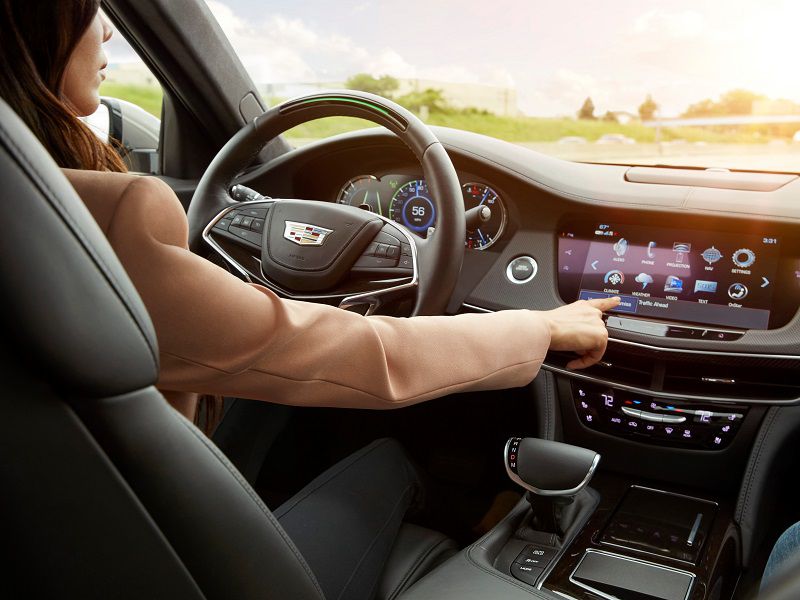
Photo by Cadillac
7. A steering wheel light bar indicates system status.
Super Cruise uses a steering wheel light bar to communicate with the driver. When the steering wheel is pointed straight ahead, a translucent section on the top portion of the rim will glow in different colors to signal the status of the system. With the adaptive cruise control and Super Cruise system buttons on the steering wheel switched on, a green light on the wheel indicates that Super Cruise is operational. Blue means the driver has taken back control momentarily — perhaps to accelerate around a truck that’s blocking the view of the road ahead or to speed up or slow down to allow for vehicles attempting to merge into the flow of traffic (something Super Cruise doesn’t do well at this point). A red-glowing top rim section indicates that Super Cruise has switched off.

Photo by Cadillac
8. It features Cadillac's Safety Alert seat.
Also known as a “haptic” seat, vibrators in the seat bottom cushion “buzz” to get the driver’s attention when Super Cruise is disengaging and the driver needs to retake control of the car. This same technology is also used in the Cadillac CT6 and some other GM models to warn the driver of approaching vehicles or pedestrians from the rear or objects close to the car when parking.
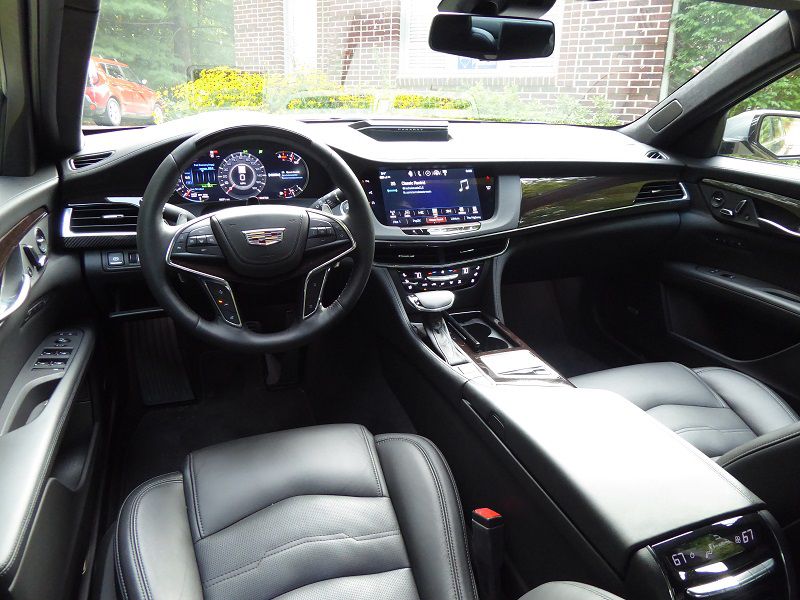
Photo by Ron Sessions
9. Super Cruise is available on the 2018 and 2019 Cadillac CT6.
Super Cruise is standard on the Cadillac brand's flagship sedan, the 2019 Cadillac CT6 Platinum. It’s also optional at extra cost ($5,000) on the CT6 in the Premium Luxury trim.
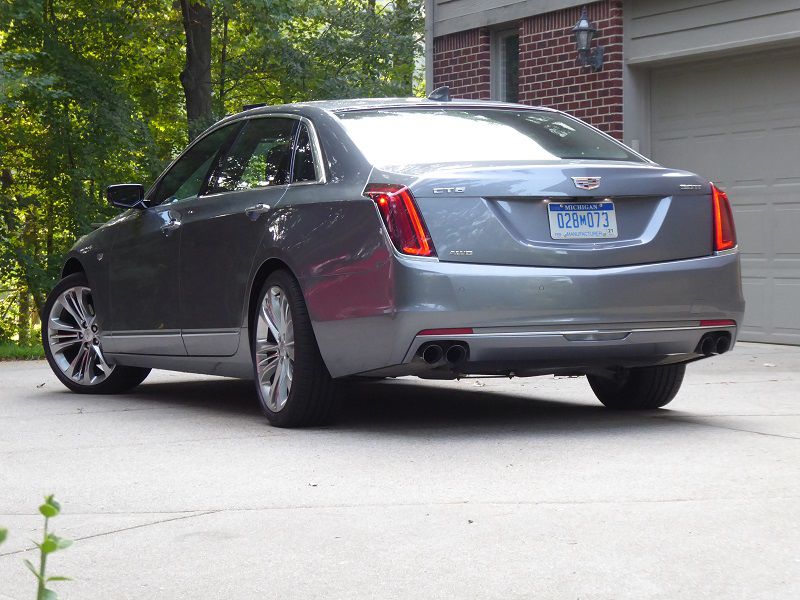
Photo by Ron Sessions
10. More Super Cruise applications are in the pipeline.
If you like the idea of Super Cruise but a large flagship Cadillac sedan isn’t your cup of tea, hold on. Cadillac has announced that Super Cruise will spread to other models in its SUV and sedan lineup starting in 2020. Additionally, the technology will become available on select models from other GM brands the following year.
No products have been named for the Super Cruise expansion to other GM brands, but likely candidates might be the Chevrolet Corvette and Camaro, Denali versions of GMC trucks and SUVs, high-line Buicks, and top trims of the Chevrolet Silverado pickup and the Chevrolet Tahoe and Suburban SUVs.
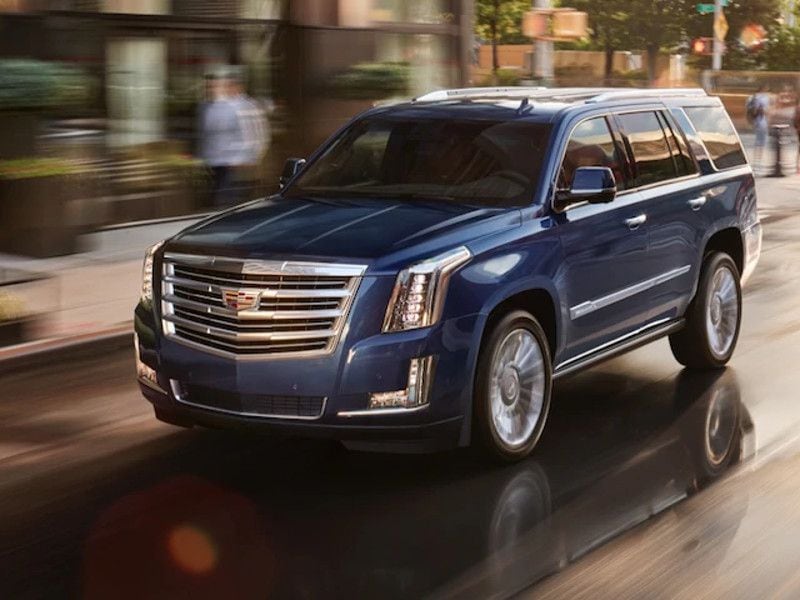
Photo by General Motors